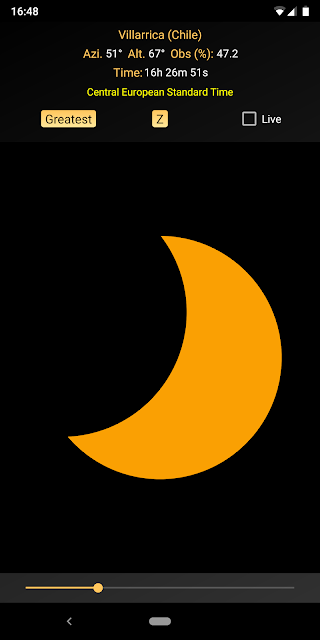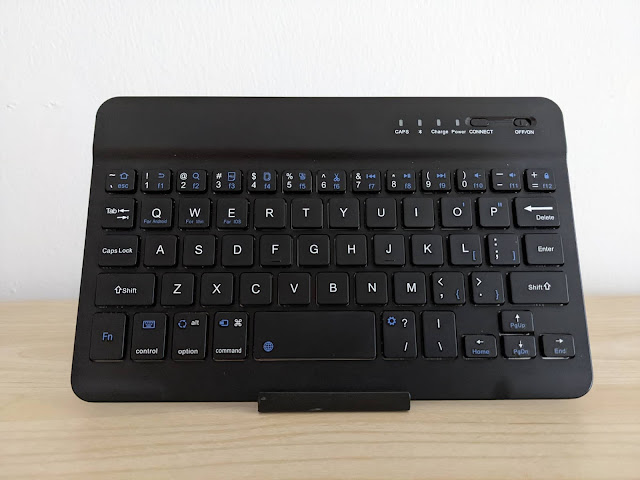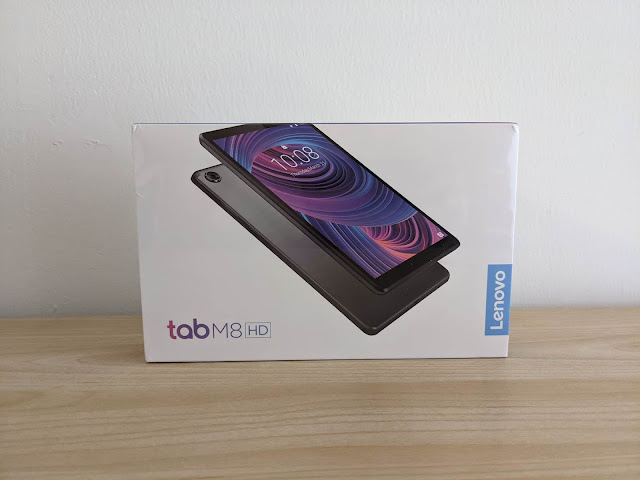Simulate Eclipses With Eclipse Calculator 2 for Android
Eclipse Calculator 2 is the best Android app for eclipses and planetary transits.
It calculates and simulates solar and lunar eclipses as well as transits of Mercury and Venus across the Sun. It’s the best because it provides all the information to visualize the circumstances of the events and plan the observations. In addition, it presents this information through highly effective charts, data, and maps.
You start by quickly searching for the events you’re interested in, such as by type or observing location, and drilling down to the ones you want to know more about.
Then the app summarizes all sorts of details and information. For a total solar eclipse, for example, you get a map of the lunar shadow on the Earth, a view of the solar disk, a map of the sky with the visible stars, and even the lunar limb profile with Baily’s beads. Letting time run or interactively adjusting it shows how the event changes.
If you think like an astronomer, the app’s well designed user interface feels intuitive and powerful, you know what to expect at each step. It makes common tasks quick and easy by providing suitable, context-dependent defaults.
Let’s say you want to select a location on the map for visualizing the circumstances of a solar eclipse. The app shows also the umbra and penumbra and the path of totality so that you can explore the best and most convenient observing spots.
Another example of good design is the simulation of the disk of the Sun or the Moon during an eclipse. When the object is below the horizon and can’t be observed, the app highlights the angular altitude readout so that it stands out.
No other eclipse app provides all this information and presents it so well.
It calculates and simulates solar and lunar eclipses as well as transits of Mercury and Venus across the Sun. It’s the best because it provides all the information to visualize the circumstances of the events and plan the observations. In addition, it presents this information through highly effective charts, data, and maps.
 |
| The 14 Dec 2020 total solar eclipse simulated by Eclipse Calculator 2 on my Pixel 2 XL. |
You start by quickly searching for the events you’re interested in, such as by type or observing location, and drilling down to the ones you want to know more about.
Then the app summarizes all sorts of details and information. For a total solar eclipse, for example, you get a map of the lunar shadow on the Earth, a view of the solar disk, a map of the sky with the visible stars, and even the lunar limb profile with Baily’s beads. Letting time run or interactively adjusting it shows how the event changes.
If you think like an astronomer, the app’s well designed user interface feels intuitive and powerful, you know what to expect at each step. It makes common tasks quick and easy by providing suitable, context-dependent defaults.
Let’s say you want to select a location on the map for visualizing the circumstances of a solar eclipse. The app shows also the umbra and penumbra and the path of totality so that you can explore the best and most convenient observing spots.
Another example of good design is the simulation of the disk of the Sun or the Moon during an eclipse. When the object is below the horizon and can’t be observed, the app highlights the angular altitude readout so that it stands out.
No other eclipse app provides all this information and presents it so well.
I wrote a book that helps you discover and use similar apps, Space Apps for Android: Discover the Best Astronomy and Space Apps.


